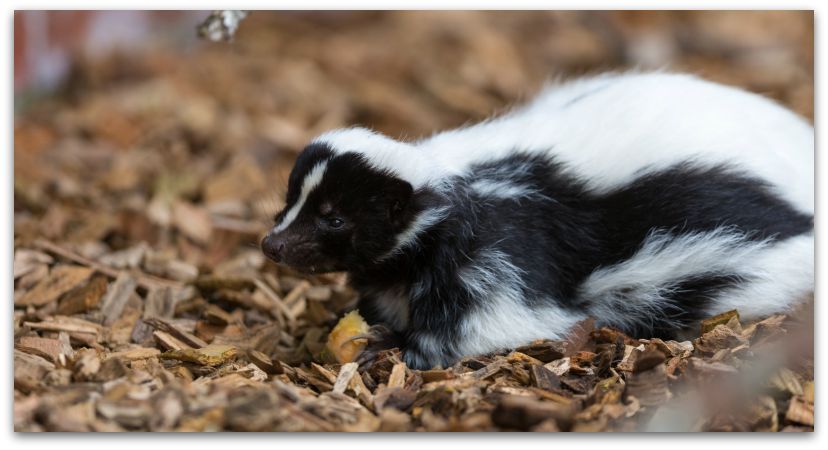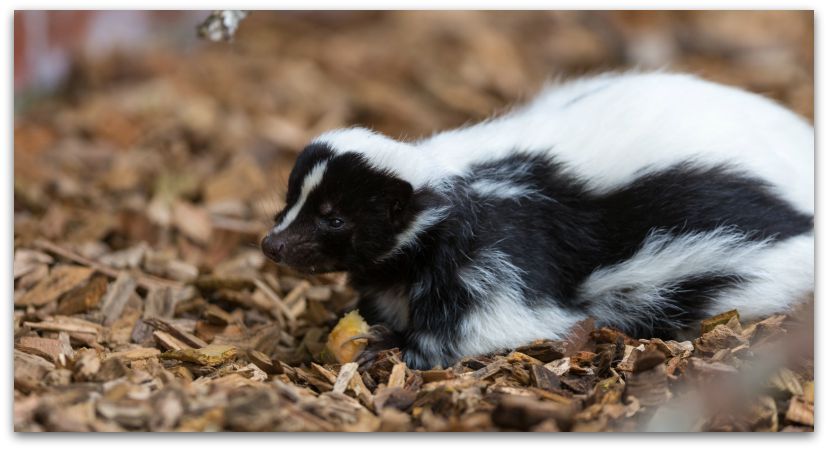Uncle John knows pretty much everything—and if he doesn’t, he heads his massive research library, or puts one of his many associates on the case. So go ahead: In the comments below, ask Uncle John anything. (And if we answer your question sometime, we’ll send you a free book!)
Does bathing in tomato juice really neutralize skunk spray odor?
 Did you (or more likely, your dog) get hit with the noxious spray from an agitated skunk? Well, that stinks. It’s time for a soak in a bathtub full of tomato juice. But does that old home remedy really work? In short, not really.
Did you (or more likely, your dog) get hit with the noxious spray from an agitated skunk? Well, that stinks. It’s time for a soak in a bathtub full of tomato juice. But does that old home remedy really work? In short, not really.
Skunk spray smells so much like rotten eggs (or thousands of them, if you stuffed them into an old dirty diaper) because both contain sulfurous elements. They’re among the organic compounds in skunk odor called thiols, which are characterized by sulfur and hydrogen atoms attached to one another. Bathing in tomato juice masks the smell of those thiols, but to truly neutralize the odor, the thiols must be converted, chemically, into something that doesn’t smell like pure death.
Tomato juice is thought to be effective due to the concept of olfactory fatigue. It’s a trick wherein your nose gets accustomed to a scent over time, until it’s overpowered by something else. (This is also the science behind why other peoples’ houses smell a little weird, but your house, to you, has no odor.) Tomato juice has a very strong, distinctive scent, and your nose stops noticing the awful skunk smell in favor of that new smell. Your nose and brain make you think you’ve solved the skunk smell issue…but if someone suddenly entered the room who had not been around for the skunk attack, they’d disagree and smell a combination of skunk and tomato juice.
To truly neturalize the odor, those thiols have to be oxidized. When oxygen is added to the sulfer-and-hydrogen-based thiols, it forms sulfonic acid, an odorless substance. That’s done with household items more common than a 50-gallon drum of tomato juice: hydrogen peroxide, baking soda, and liquid detergent. (Mix a quart of 3-percent hydrogen peroxide, a quarter cup of baking soda, a teaspoon of detergent…lather, rinse, repeat.)









